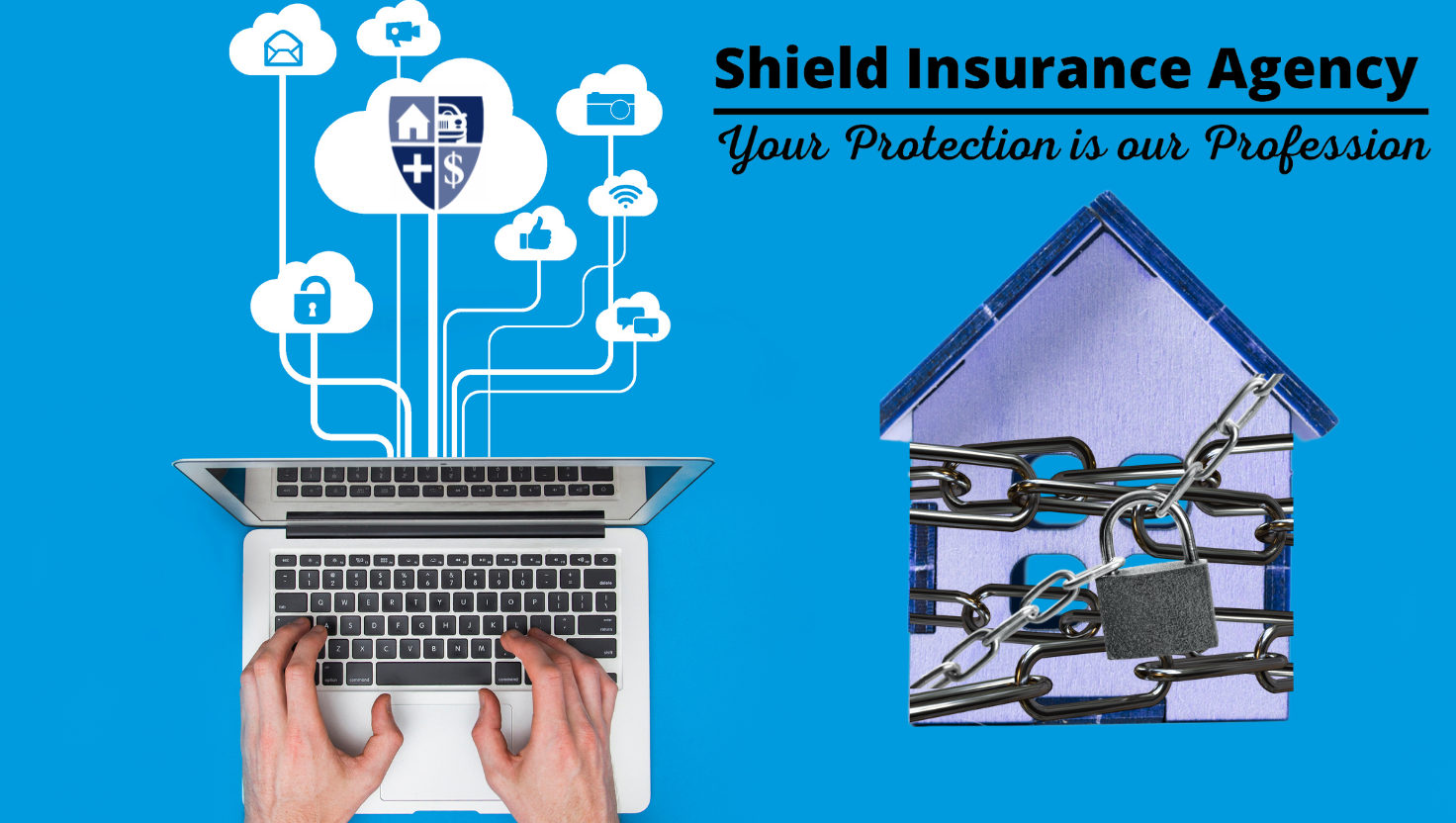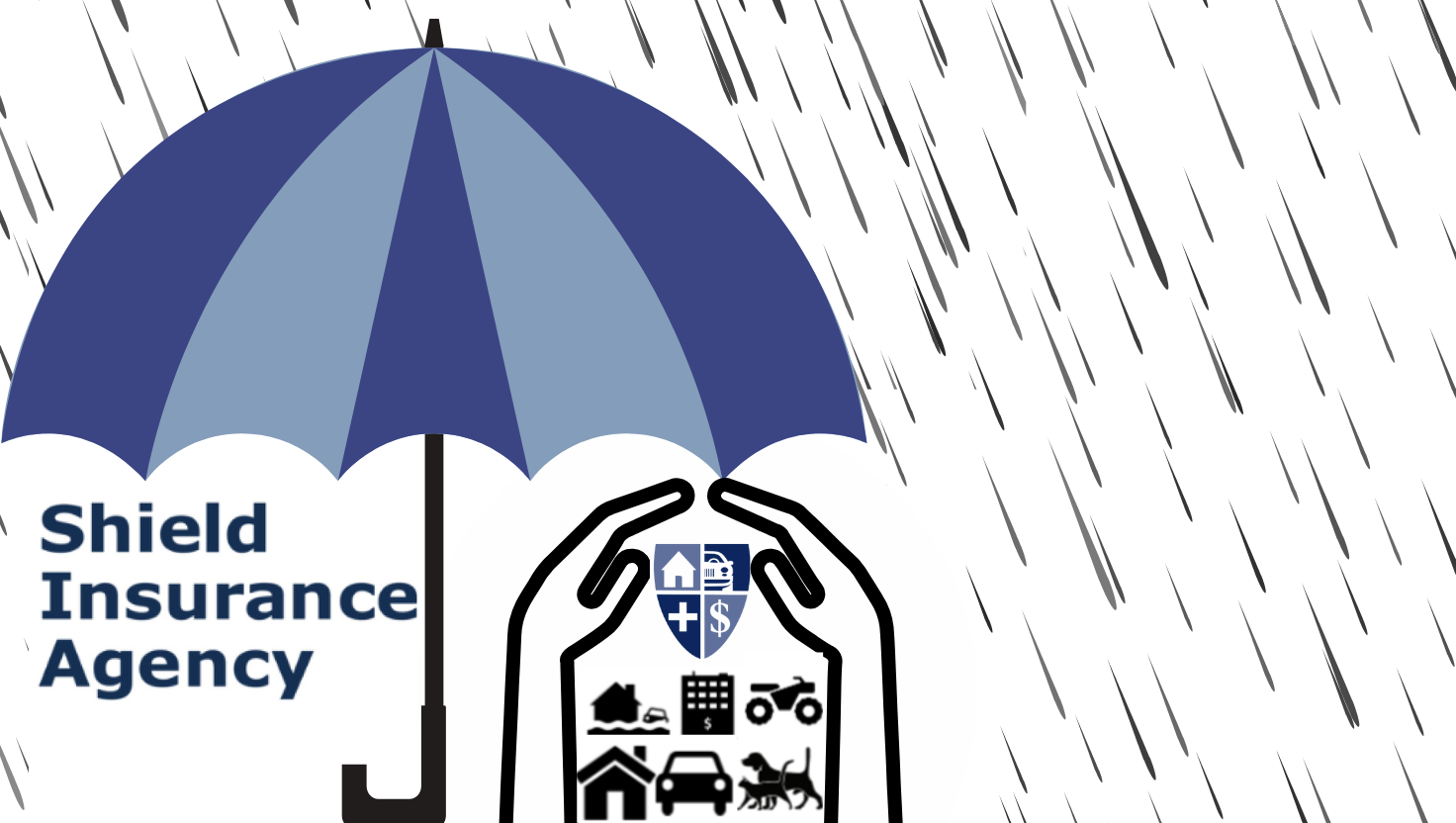
5 Common (and Potentially Costly) Homeowners Mistakes
5 Common (and Potentially Costly) Homeowners Mistakes
Owning a home is usually a great experience. But it can also be a hassle, especially when unexpected issues pop up—whether you have a minor breakdown or a major catastrophe, it’s almost certainly going to require time and money to fix.
In many instances, however, those “unexpected” issues shouldn’t really be a surprise at all, because they’re often caused by a lack of maintenance or other oversights by homeowners. And not just new homeowners, either: It’s common for people who have been in a home for years to neglect even some of the most basic tasks that can prevent problems down the road.
Here are five mistakes we often see homeowners make—and tips from experts to help you avoid them.
Forgetting about (or ignoring) the small stuff.
The toilet that runs constantly? That faucet with a slow drip? The little crack in that one board on the deck? They might not seem like big problems, but they can turn into bigger issues over time. For example, a leaky faucet or running toilet might mean your water bill is higher than it should be. And that small crack can lead to rot, which could lead to having to replace the board—or the entire deck. When you see “small” things around the house, take steps to address them as soon as you can, because it likely will be a lot easier (and cheaper) today or tomorrow than a year from now.
Not doing regular checks around the house.
Speaking of seeing things around the house, how often do you look around the house? You’d be surprised how many homeowners haven’t been in their attic or crawlspace for years. It’s a good idea to do a walk-through periodically to look for issues such as leaks, areas of wear, or other problems. And don’t forget to go outside! How is your roof looking? Do you see any cracks in your siding? Are the seals around your doors and windows solid? It’s important to catch those things before the rainy season begins in fall and winter.
Skipping maintenance on your appliances.
Not only will keeping your appliances in good shape ensure they work effectively and prolong their lifespan, maintenance also can prevent serious risks. For example, when was the last time you cleaned out your dryer exhaust vent? No, not the screen you pull out when you’re doing laundry, but the one on the back or side. Too much lint buildup there can cause a fire—so clean it out at least once a year. You also should check the hoses connected to your washing machine and dishwasher. Are they worn? Do they need to be replaced? Do it now, before one fails when you’re not at home and causes significant water damage.
Other tips:
- Clean your refrigerator coils at least once a year.
- Clear out your dishwasher’s food filter regularly.
- Vacuum up dust and other debris in window air conditioners before you start using them each year.
- Remember to test your smoke and carbon-monoxide detectors twice a year, installing fresh batteries each time.
Neglecting other systems.
Your HVAC system needs attention so it won’t fail when you need it most. Having your furnace, heat pump and/or central AC unit serviced each year before you start using them heavily will alert you to any potential problems. You don’t want to find out that your furnace is out of whack when it’s 30 degrees outside, or that your AC is on the fritz when it’s 95. Change filters at the appropriate intervals, and if it’s been a while since you’ve had your ducts cleaned, consider that as well.
Not having a home warranty.
Despite your best maintenance efforts, that air conditioner might break down, leaving you sweltering in the summer. The water heater could stop working, meaning cold showers every morning. Or the refrigerator suddenly won’t get very cold anymore. These things sometimes just happen, and if your appliance is out of warranty, you’re on the hook. Consider discussing coverages available under the American Home Shield® Home Warranty product, available through Safeco. This product covers breakdowns of appliances and systems, potentially saving you hundreds or even thousands of dollars on repairs or replacements. Learn more here.
Your home is one of the biggest investments you’ll ever make, so it pays to be diligent about caring for it. Keep your eyes open around the house. Don’t hesitate to get out the tools, or call a professional if needed. Remember, prevention is the best medicine—and that old saying holds true just as much for your home’s health as it does for yours.




















































